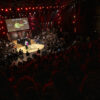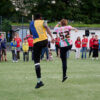





Zwoisy Mears-Clarke / Jamar Roberts / Joana Tischkau
Hall of Videodances Part 5: Going Viral
Past dates
2/28/21
1:00 PM
3/1/21
12:00 AM
3/2/21
12:00 AM
3/3/21
12:00 AM
3/4/21
12:00 AM
3/5/21
12:00 AM
3/6/21
12:00 AM
3/7/21
12:00 AM
The term video dance became established in Western contemporary dance in the 1980s to describe works that were not made for the stage, but were produced explicitly for the camera using the new video technology of the time. Numerous choreographers had already dared to experiment with the camera, such as Maya Deren, for example. Later, the American choreographer Merce Cunningham became one of the defining choreographers of this newly emerging genre. Common techniques of film and dance, such as montage, rhythm and tempo, form the basis for forms of video dance that open up other perspectives on dance and also redefine where it takes place and how it is mediated. Against the backdrop of general democratization through digital and social media, and ultimately in Corona times when choreographer:s are looking for new hybrid formats for dance, video dance has evolved aesthetically as well as politically through CGI technology or means of augmented reality that are not available on stage. From the first experimental films to the present day, the synthesis of dance and film has found expression in a variety of different formats, not the least of which has helped contemporary dance gain popularity. Dance existing as video also raises questions about reproduction, authorship, ownership of choreography, cultural appropriation, and the politicization of dance. FOKUS TANZ #7 juxtaposes existing video dances with new ones produced for the festival and makes them resonate with each other.
Going Viral
The year 2020 and the global pandemic have given a strong meaning to video as a choreographic tool: Video dance became a means for many to create commonality across distance, to learn and share dances and choreography. A means of communication. To a way of getting a lot of visibility quickly, in an uncertain process of becoming independent. The video as a means of rapid dissemination, virality, and often simultaneously emancipation and politicization. The intertwining of choreography and discourse through the medium of video has borne great significance especially in the situation of isolation and global political emergency. We posit the thesis of a discursive charging of the genre! For the last day of the digital focus dance we show video dances that were created in the context of the Covid19 pandemic and refer explicitly or implicitly, discursively or aesthetically, to this extraordinary production situation.
Jamar Roberts: Cooped (2020)
5 Min.
Artist Statement: «This work was inspired by the release of recent statistics showing the disproportionate amount of black and brown bodies being affected by the Covid-19 crisis. In this work I set out to create an imaginatively potent fever dream that aims to capture the fear of sickness, and the anxiety of quarantine as it relates to the historical trauma of black bodies being relegated to live in and within confined spaces. Being asked to self quarantine while politically quarantined presents a crisis within a crisis, leaving these communities the most exposed and vulnerable to the effects of the pandemic. For hundreds of years, the black body has been a great source of controversy since its arrival on American soil. Systems of oppression embedded in American society has always cast mental, emotional and physical violence in and on the black body. I wanted to use my own body to bring visibility to an entire community of people that often go unheard and in some cases unseen. This display of the dancing black body not only peers into the psyche of marginalized people in a very specific crisis, but it is also a testament to their strength, beauty and resilience.»
Jamar Roberts is the Resident Choreographer of the Alvin Ailey American Dance Theater. A dancer with the company since 2002, Roberts’ has made three works on the company, all to critical acclaim: Members Don’t Get Weary (2016), Ode (2019), and AJam Session for Troubling Times (2020). Jamar has set his work entitled Gemeoson Ailey II and is a graduate of the New World School of the Arts and the Ailey School. Mr. Roberts won the 2016 Bessie Award for Outstanding Performer and has performed as a guest artist with the Royal Ballet in London. He has been commissioned by Juilliard, New York City Ballet, the March on Washington Film Festival, 2020 Virtual Fall for Dance Festival, and for Works and Process at the Guggenheim where he created the acclaimed short work on film entitled Cooped.
Zwoisy Mears-clarke & Venuri Perera: Porcelain White: The Conversation (2020)
30 Min.
Venuri Perera and Zwoisy Mears-Clarke, born after Sri Lanka's and Jamaica's declaration of independence from British rule in 1948 and 1962, respectively, find that what they have in common is a «whitened» inheritance. They were both brought up in the English-speaking middle class, which maintains certain practices adopted from the former colonial masters to protect their social status. In their film, they explore their complicity. Through words and choreography, they unravel the complexities and limits of their inherited privileges. Concurrently, the film houses a communication that incorporates a geographical distance demanded by the Corona pandemic.
Zwoisy Mears-Clarke is a choreographer of the encounter. Zwoisy uses the expanded potentiality of dance to confront forms of oppression such as neocolonialism, sexism and ableism to open encounters that might otherwise seem unreachable. Zwoisy is currently based in Rösrath, NRW. Venuri Perera is a choreographer and performance artist from Colombo. Her works have dealt with violent nationalism, patriarchy, border politics and the power dynamics of gaze. She is interested in the power of vulnerability, and creating conditions for empathy.
Joana Tischkau: Colonastics Part I-iii: Bavarian Warm Up / Techno Drill / Rockout (2020)
At this very moment, sofas and kitchen tables are being pushed to the side to make space for yoga mats, bedrooms are being turned into fitness trails, and carpets into weightlifting areas. At the core of this new-found quarantine life is the very present idea that you can re-emerge as a stronger, fitter and better version of yourself, the modern myth of unlimited and constant progress. Whether you practise these activities in the safe environment of your newly created home gym or in the studio, one thing trending sports like yoga, Zumba, pole dancing and breakletics have in common is that their vocabulary, albeit simplified to the point of being unrecognizable, feeds off an imaginary esoteric and exotic space and copies the physicality of those constructed as the »other«. Joana Tischkau's Colonastics workout also invites you to clear your surroundings and work up a sweat to decolonise your body, mind and spirit. Take part in a physical practice that developed out of the unmarked embodiment of whiteness and which carves out a blueprint of white masculine embodiment from which it sheds light onto the colonial and neo-colonial practices of the fitness industry. Because at last maybe you can have it all, the rationality of a straight white man with the physicality and corporeality of a black woman. (by Joana Tischkau) Colonastics is a production by Joana Tischkau. Conzept & choreography: Joana Tischkau Artistic cooperation & dramaturgy: Elisabeth Hampe Sounddesign: Frieder Blume Camera & cut: Malu Blume Graphic design & animation: Justus Gelberg Production management: Lisa Gehring Performance in English.


